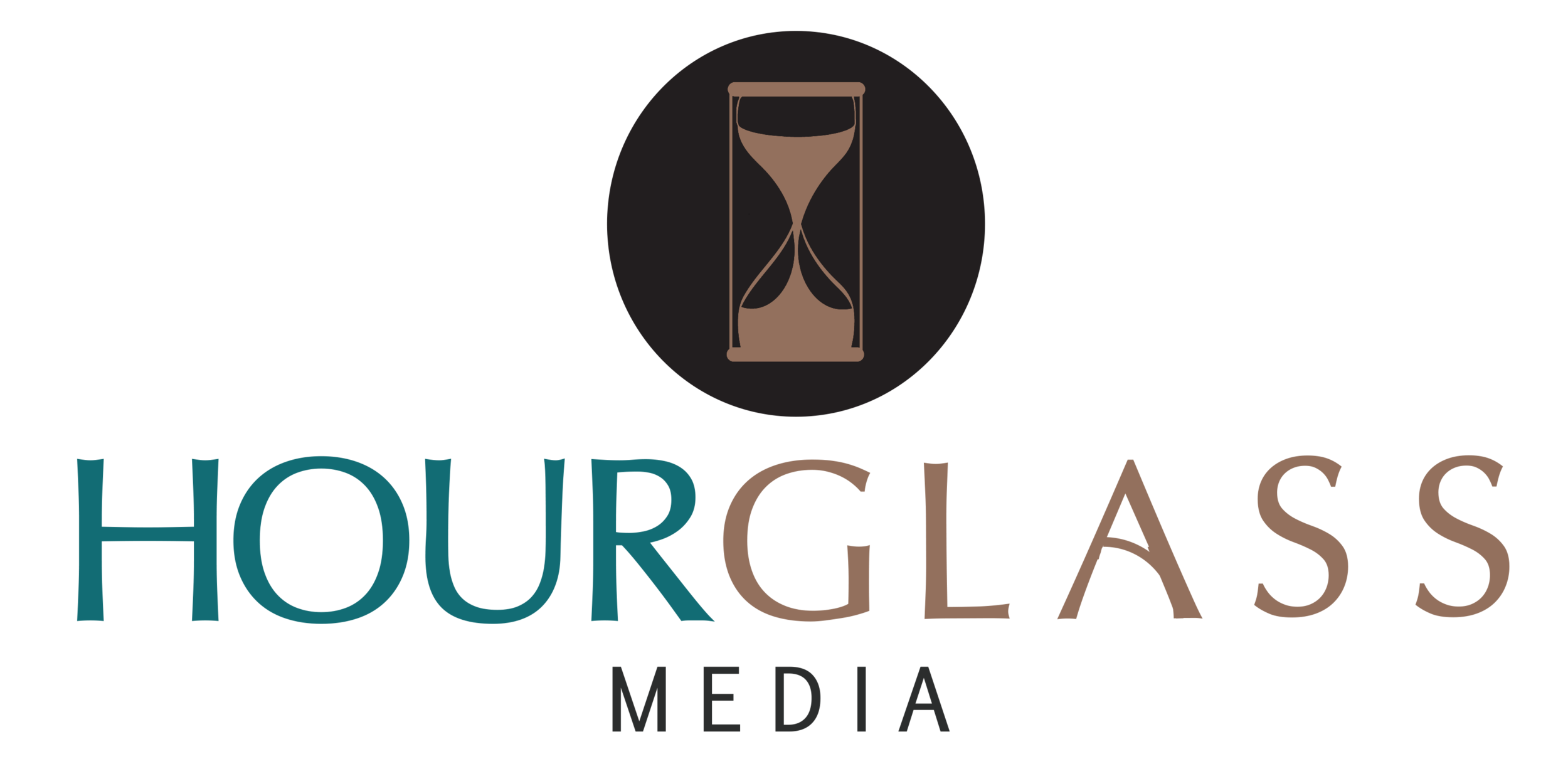Mental Health Moments: What is Reassurance Seeking?
⌛ By Kaylin R. Staten ⌛
Since I was little, I’ve been seeking reassurance. I loved seeing “good job” smiley face stickers on my spelling tests in elementary school, relished my perfect 4.0s on all three state writing assessments in middle and high schools, and sought words of affirmation from various opinion leaders to help shape my public opinion.
As a perfectionist, I’ve always wanted external sources to give me that extra “atta-girl” boost, even when I know I can do that for myself.
Chances are, if you have anxiety or another mental health disorder, you’ll have some type of reassurance seeking behavior. The intensity of the reassurance seeking will vary with each individual and situation. As with anything, it is on a spectrum.
What is Reassurance Seeking?
When someone seeks reassurance, he or she looks introspectively or seeks advice from external sources. Either way, you seek validation and can obsessively think about causes and effects, what-if statements and other fear-based mechanisms, becoming co-dependent on the act of reassurance.
Reassurance can occur in three ways: self-reassurance, reassurance seeking from others and research reassurance. Those who engage in self-reassurance could compulsively check to make sure they turned off their stove tops or locked their front doors. They may not trust themselves to complete a certain action, so they keep a close check on their behaviors and actions to ensure that they don’t “mess up.” They could also want to repeat “good” actions to avoid “bad” actions from occurring.
Seeking reassurance from others can be helpful, but it can also be damaging. If you constantly ask those around you if a certain aspect is/will be OK, then you’ll exhaust yourself and the other person. Instead of knowing what’s best for you, you will sometimes seek that confirmation from other sources to either validate or deny your own opinions and attitudes. Research reassurance involves inundating yourself with information online and in other places to make yourself believe everything is OK and to also obsessively validate or discredit claims. Any of the three types can happen throughout a person’s lifetime.
How To Reduce Your Need For Reassurance
If you’re the seeker or the sought-after, it’s important to recognize the problem and take proactive steps to achieve long-term happiness and less dependence on reassurance seeking. If something bothers you, directly address it with the source instead of avoiding it and seeking reassurance. Reassurance seeking complicates relationships and could lead to less independence and decision-making skills. The following could help you reduce the need for reassurance:
Seek cognitive-behavioral therapy.
Use your own methods of mindfulness, such as writing in a journal or recording a voice note during a bout of anxiety caused by reassurance seeking.
Write, read, and re-read your own words of affirmations and those of others.
Look to your own expertise and experience when you seek reassurance.
Be consistent with your efforts.
Please note: These blog posts will not be clinical, although we will provide symptoms and other information. These posts are based on my experiences with anxiety and mental health in general.
If you or someone you know needs help, visit a website like Mental Health America to learn more.
Mental Health Moments blog posts are every other Tuesday of the month. Our CEO and contributors highlight what it's like to live with a mental health disorder and continue to fight the stigma through storytelling.
Copyright © MMXVIII Hourglass Media, LLC
Kaylin R. Staten, APR is an award-winning public relations practitioner and writer. She owns Hourglass Media, a consulting company based in Huntington, WV.
⌛ ⌛ ⌛
